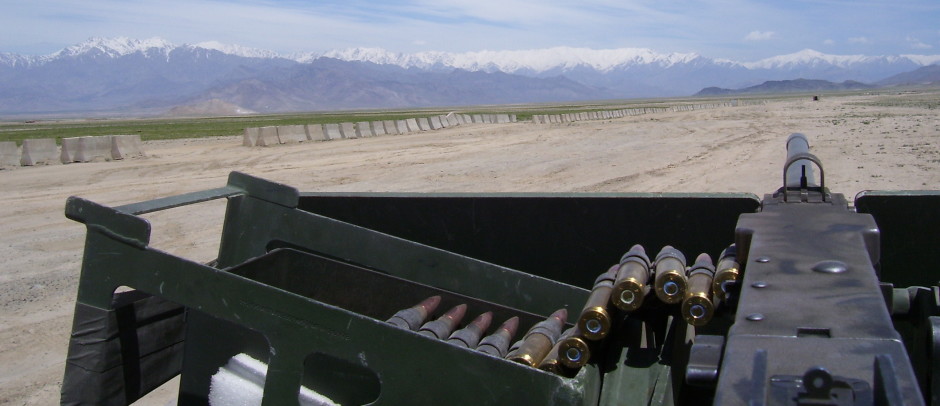The following article, written by Ron Adams, appeared in the February 23, 2002 issue of the Lakeshore News-Salmon Arm, British Columbia. The link I had to it no longer works and I have been unable to find it via internet search, A very similar story can be found at: Explaining the Tax System with Beer
As originally written by Ron:
Tax Cuts for the “Rich”
I was having lunch at PJ’s with one of my favorite clients last week, and the conversation turned to the Campbell government’s recent round of tax cuts. “I’m opposed to those tax cuts,” the retired college instructor declared, “because they benefit the rich. The rich get much more money back than ordinary taxpayers like you and I, and that’s not fair.”
“But the rich pay more in the first place,” I argued, “so it stands to reason that they’d get more money back.” I could tell that my friend was unimpressed by this meager argument. Even college instructors are a prisoner of the myth that the “rich” somehow get a free ride in Canada. Nothing could be further from the truth. So, let’s put tax cuts in terms everyone can understand.
Suppose that every day 10 men go to PJ’s for dinner. The bill for all ten comes to $100. If it were paid the way we pay our taxes, the first four men would pay nothing; the fifth would pay $1; the sixth would pay $3; the seventh $7; the eighth $12; the ninth $18. The tenth man (the richest) would pay $59.
The 10 men ate dinner in the restaurant every day and seemed quite happy with the arrangement until the owner threw them a curve. “Since you are all such good customers,” he said, “I’m going to reduce the cost of your daily meal by $20.” Now dinner for 10 costs only $80.
The first four are unaffected. They still eat for free. Can you figure out how to divvy up the $20 savings among the remaining six so that everyone gets his fair share? The men realize that $20 divided by 6 is $3.33, but if they subtract that from everybody’s share, then the fifth man and the sixth man would end up being paid to eat their meal. The restaurant owner suggested that it would be fair to reduce each man’s bill by roughly the same amount, and he proceeded to work out the amounts each should pay. Here’s what he came up with . . .
The fifth man paid nothing; the sixth pitched in $2; the seventh paid $5; the eighth paid $9; the ninth paid $12; leaving the tenth man with a bill of $52 instead of $59. Outside the restaurant, the men began to compare their savings.
“I only got a dollar out the $20,” declared the sixth man. Pointing to the tenth, he said, “And he got $7!”
“Yeah, that’s right,” exclaimed the fifth man. “I only saved a dollar, too. It’s unfair that he got seven times more than me!”
“That’s true,” shouted the seventh man. “Why should he get $7 back when I got only $2? The wealthy get all the breaks.”
“Wait a minute,” yelled the first four men in unison. “We didn’t get anything at all. The system exploits the poor.”
The nine men surrounded the tenth and beat him up. The next night he didn’t show up for dinner, so the nine sat down and ate without him. But when it came time to pay the bill, they discovered something important. They were $52 short!
And that, boys and girls and college instructors, is how Canada’s tax system works. The people who pay the highest taxes get the most benefit from a tax reduction. Tax them too much, attack them for being wealthy, and they just may not show up at the table anymore. There are lots of good restaurants in Switzerland and the Caribbean.
That’s pretty much how it works here, except we go the Canadians one better. People at the bottom end of the income level not only get back all of the tax money they paid in, they sometimes get back more than they paid in thanks to the Earned Income Tax Credit.
